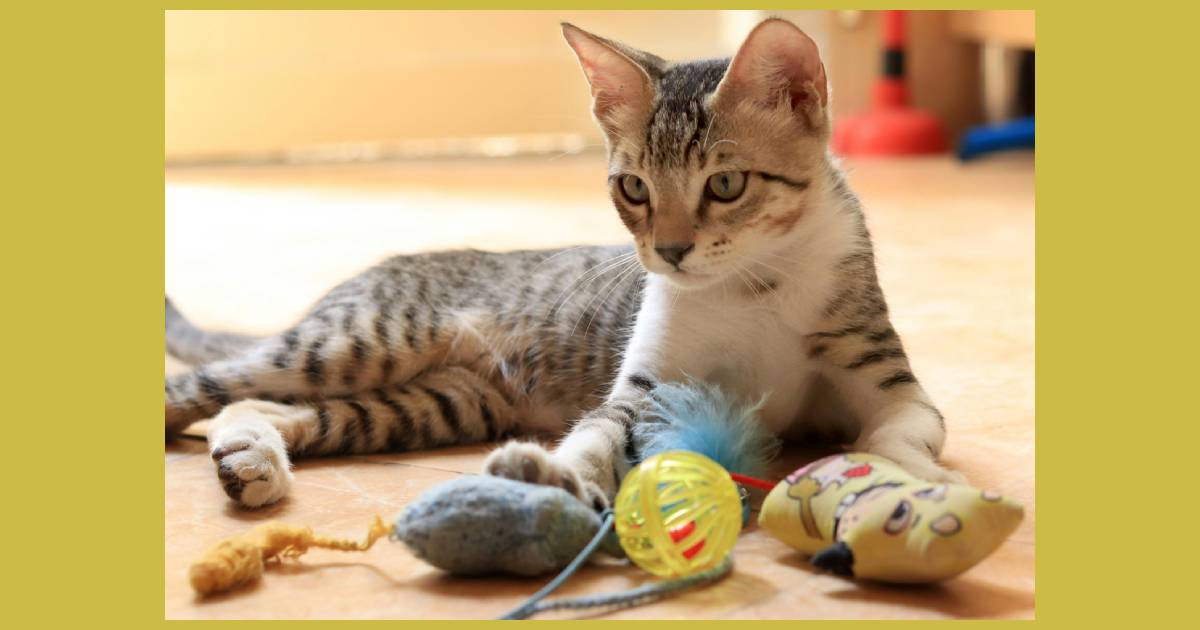Cats Inspire Pet Product Sales

By Mark Seavy
For years, sales for cat products trailed those for dog products by a substantial margin. In recent months, however, that gap has been closing—due in part to licensed goods.
This shift is being driven by an easing of the pandemic-fueled increase in dog ownership. Many consumers are returning to work in-person, which has caused potential pet owners to consider adopting a cat instead of a dog. As a result, some major pet retailers are dedicating 10-15% more space across shelves for cat-focused products like food, toys, and beds.
With that growing emphasis at retail has come a broader range of licensed and non-licensed products. And these items go far beyond the standard $1.99 catnip-equipped toy mice, pet industry executives said.
Jazwares—which already has beds, toys, costumes, and other products for dogs under licenses including Hello Kitty, Squishmallows, Disney, Wham-O and others—is making a similar push for cats. Gramercy Products, meanwhile, fields an assortment of dog products under Hasbro’s Nerf brand and has launched a Catch & Chase Track for cats at Petco that combines a scratcher with an LED-equipped ball.
Cat products have gained about 5% in market share during the past five years, according to industry executives. However, dogs still account for 50-55% of sales in dollars and units against cats’ 40-45%, with food being the largest category. And across products like pet beds and toys, licensed goods account for 10-15% of sales, with private label and non-licensed items representing most of the revenue. At Walmart, industry executives estimate that private label pet products account for around 75% of sales under brands like Balance Pro+ dog and cat food, which the retailer launched four years ago.
“Five years ago, everyone was getting puppies, so dog ownership was increasing, but now it is well past Covid and people are going to work again, so cats are easier to take care of,” said Michael Pisors, VP of the Global Brand team in CostumePlay and Pets at Jazwares. “Walmart, Target, PetSmart, and other key retailers are driving us to create more cat products. It had been very much a commodity category, but now we are able to work on products that are more than a few bucks. The commodity products are not our business. We don’t want to produce $2 products because nobody makes money at that price, and it is not a great experience for consumers.”
The growth in cat products also comes as Gen Z emerges as a consumer group that increasingly views pets as an extension of themselves and their fandom. Capes for cats have been trending on Instagram in recent months, for example, spotlighting brands like Superman and Batman. Pet product suppliers and retailers have been scrambling to respond to this growing demand for high-quality, branded cat products.
Gen Z consumers spent an average of $178 per month on their pets in 2024, followed by Millennials ($146), Gen X ($115), and Baby Boomers ($90), according to Talker Research’s survey of 1,000 dog owners last fall. Overall, pet owners were found to have spent an average of $121 a month on their pets in 2024, marking a sharp decline from $276 in 2022.
Moving forward, that younger generation of consumers is forecast to drive pet-related revenue in the U.S. to reach $250 billion by 2030, up from $147 billion in 2023, according to the American Pet Products Association (APPA). Gen Z and Millennials represent 32% and 16%, respectively, of the 86.9 million U.S. households that own pets, APPA reported.
Pet food will remain the top sales driver, hitting $112 billion by 2030 (an increase from $64 billion in 2023), APPA said. In 2023, veterinary care and pet product sales were $38 billion, with products like toys, leashes, beds, and costumes contributing to $12 billion in sales, industry executives said.
“While Millennials still account for the largest category of pet owners, Gen Z pet ownership is steadily rising as they age out of their parents’ homes, graduate from university, and enter the workforce,” APPA President Peter Scott said. “On the other hand, the number of Boomer pet owners has declined since pre-pandemic as many choose not to replace their pet after a pet death. As these generational demographics continue to shift, pet brands must evolve their marketing strategies to engage with the younger generations of pet owners.”




